Foam for Helmets and Sports Protective Gears
Foam for Helmets and Sports Protective Gears
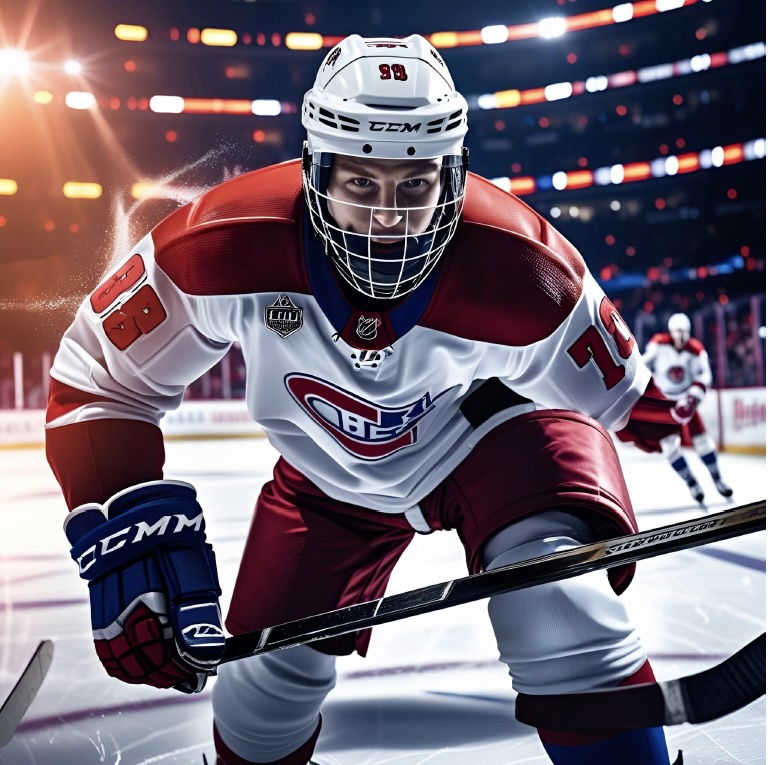
Safety is a top priority in sports, whether for professional athletes or casual weekend players. Injuries can happen at any time, making high-quality protective gear essential.
Foam plays a crucial role in safety equipment such as helmets, knee pads, and elbow guards. It absorbs and distributes impact forces, reducing the risk of injuries. This includes everything from minor bruises to serious concussions. In this article, we explore how foam works, why it's essential in sports gear, and how it continues to improve.
Advantages of Using Foam in Sports Protective Gear
Foam is integral to sports protective gear. It offers numerous advantages that enhance safety, comfort, and performance. Let’s break it down:
Impact and Shock Absorption
Foam for protective gear is known for its exceptional ability to absorb and dissipate impact forces. Upon impact, foam compresses, then spreads the force over a larger area and reduces the stress transmitted to the body. This greatly reduces the chance of injuries from collisions or falls. Foam for helmets, in the same way, minimizes head injuries by cushioning blows and mitigating the risk of concussions. Many protective gears today use Ethylene-Vinyl Acetate (EVA) foam for its excellent shock-absorbing properties.
Lightweight and Comfortable
The low density of foam contributes to the lightweight nature of protective gear, crucial for athletes requiring agility and endurance. Foam's flexibility allows it to conform to the body's contours, ensuring a snug fit that enhances comfort without restricting movement. This balance between protection and wearability is essential for optimal performance.
Durable and Deformation-Resistant
High-quality foams exhibit remarkable durability, maintaining their structural integrity even after repeated impacts. This resistance to deformation ensures consistent protection over time, making foam-based gear a reliable choice for long-term use. For example, foam for helmets, such as polyurethane and nitrile foams, are typically used to withstand multiple collisions without permanent deformation. This is due to their excellent elasticity and energy absorption, with polyurethane foam quickly regaining its shape and nitrile foam offering high density and resilience for long-lasting impact resistance.
Moisture Resistance and Quick-Drying
Many foams for protective gears possess inherent moisture-resistance properties, preventing water absorption and facilitating quick drying. This is attributed to its closed-cell structure and the tightly packed air pockets that block moisture from seeping in. This feature is particularly beneficial for outdoor sports or activities involving exposure to wet conditions, as it helps maintain the gear's protective qualities and prevents discomfort associated with moisture retention.
Versatility and Customization
Foam's adaptability allows it to be molded into various shapes and densities, catering to specific protection needs across different sports. This versatility facilitates the creation of customized protective gear tailored to individual athletes or particular sports requirements, which enhances both safety and performance. Innovative manufacturing processes, such as foam injection molding, enable the production of gear that meets precise specifications.
Applications of Foam in Sports Protective Gear
Foam is widely applied in sports protective equipment across various disciplines:
High-Impact Sports
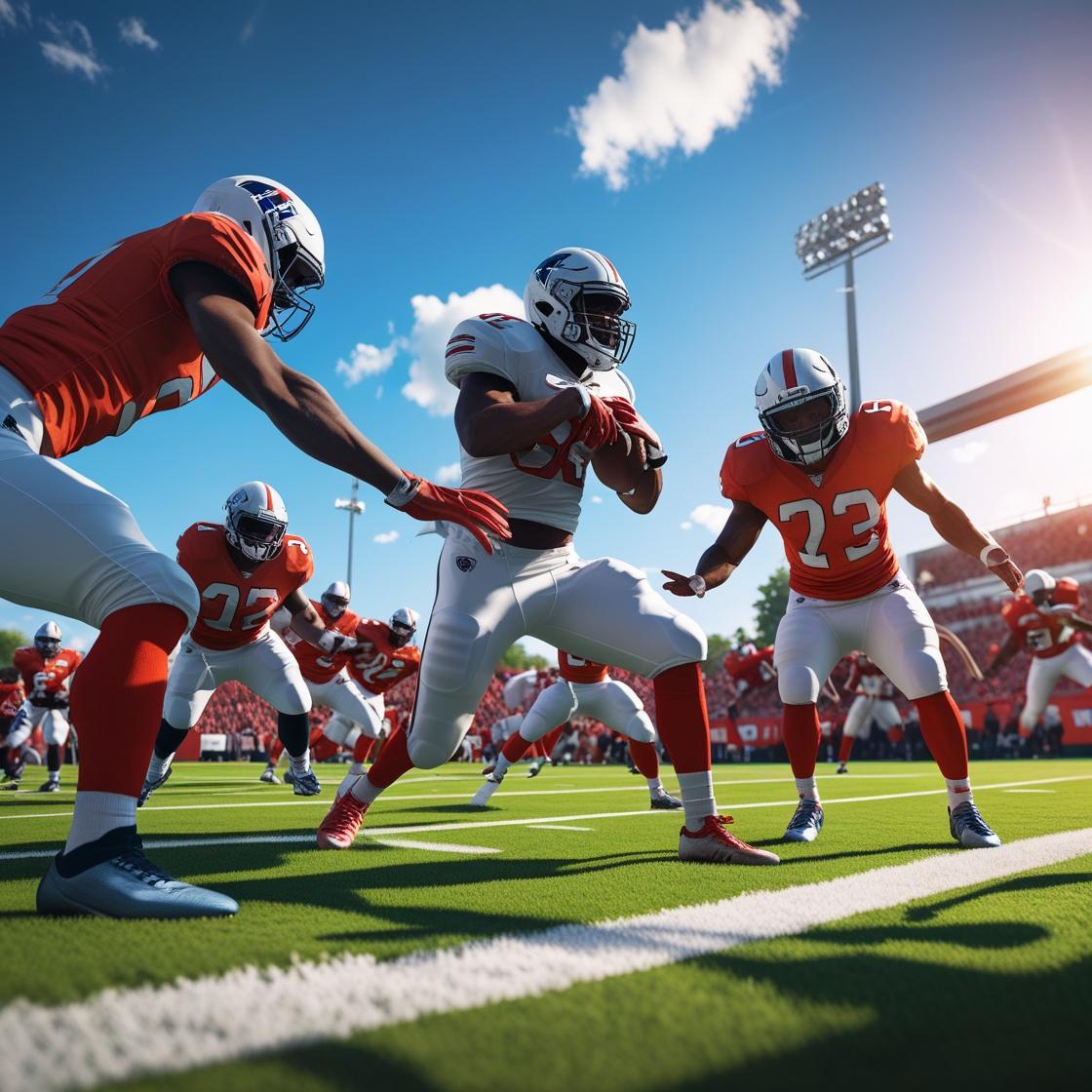
In sports like boxing, American football, ice hockey, and baseball, foam is essential for absorbing significant impacts. Helmets, shoulder pads, and chest protectors use high-density foams such as EVA foam or polyurethane (PU foam) to cushion blows and reduce injury risks. Ice hockey gear often incorporates foam with cold-resistant properties to maintain performance in freezing conditions. Similarly, in boxing, PU foam is commonly used to absorb shock from punches, protecting both the wearer’s hands and their opponent from excessive force.
Extreme Sports
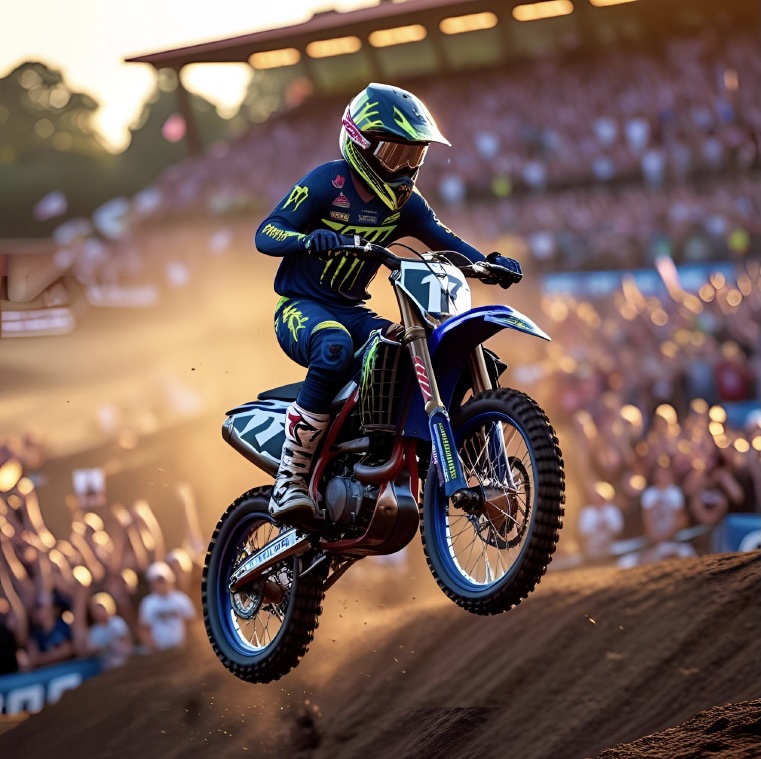
Activities like skateboarding, motocross, horse riding, skiing, and snowboarding demand protective gear that can mitigate both impact from falls and vibrations from jumps. Foam in helmets, knee pads, and elbow guards offers shock absorption while maintaining flexibility for movement. Cold-resistant foams, such as cross-linked polyethylene (XLPE) foam and PE foams, are particularly vital for skiing and snowboarding. These foams maintain their performance in freezing temperatures by resisting hardening and brittleness, ensuring durability and consistent protection in harsh weather conditions.
Water Sports
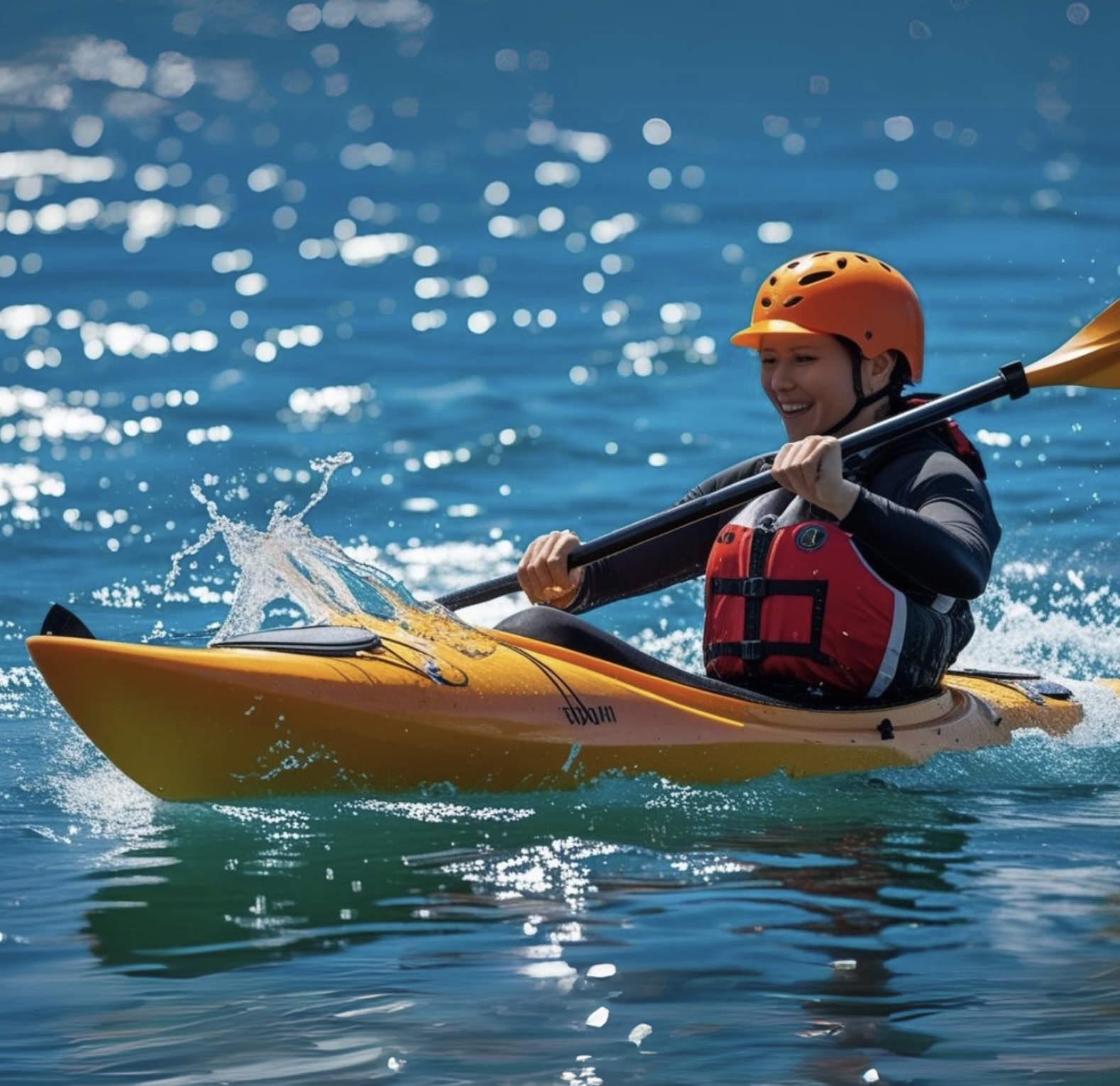
For sports like whitewater rafting and kayaking, foam is used in helmets and neck protectors to shield athletes from collisions with rocks or fast-moving water currents. Closed-cell foams (a type of foam with tightly packed, sealed air pockets) are preferred for their moisture resistance and quick-drying capabilities, ensuring safety without sacrificing comfort. These foams, like closed-cell EVA, not only repel water but also prevent the growth of mold and mildew, which are essential considerations for gear exposed to wet environments.
Martial Arts
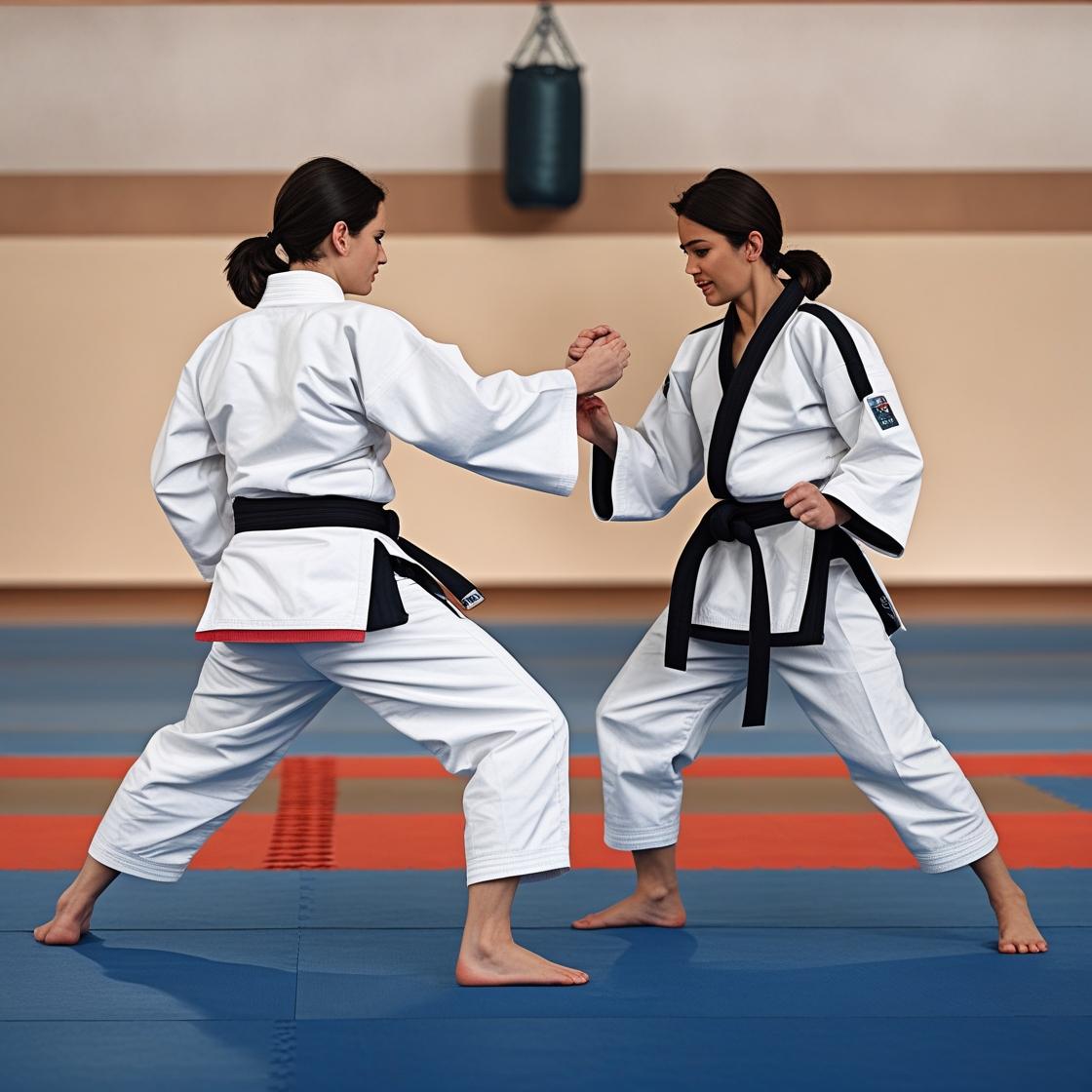
Taekwondo and fencing require headgear, chest protectors, and shin guards capable of absorbing strikes. Lightweight yet resilient foams like polyurethane provide the necessary cushioning, allowing practitioners to train and compete safely without hindering movement. Customization ensures a precise fit for each athlete, while the foam’s durability supports repeated use and maintains protective qualities even after frequent impacts.
Introducing EVA GLORY's Nitrex Foam
EVA GLORY proudly presents the Nitrex Shock Absorption Foam, the ultimate foam for protective gears designed to set a new standard in safety, comfort, and performance. It highlights lightweight construction with exceptional repeat impact resistance, which makes it an ideal choice for athletes and manufacturers alike. This innovative foam not only meets but exceeds various international impact standards.
Nitrex foam’s versatility stems from its advanced manufacturing capabilities—it can be cut, stitched, or thermo-molded into 3D shapes for optimal flexibility and freedom. Lightweight and designed for repeated impact, it also enhances ventilation when used with perforated foam sheets. With EVA GLORY’s state-of-the-art testing facilities, Nitrex foam delivers reliable, repeatable protection that outperforms traditional materials.
To learn more, check out our specialized Nitrex foam line up—NX, IX, and JX—which comes in various hardness and density to suit your needs. These variations allow Nitrex foams to deliver customized performance: higher hardness provides greater resistance to wear and deformation for intense, high-impact scenarios like motocross or rugby, while lower density offers a lighter, more flexible feel perfect for comfort-driven gear like ski helmets or equestrian pads. Whatever your application, Nitrex will deliver!
Partner with EVA GLORY
In summary, foam plays a crucial role in sports protective gear by absorbing impact, enhancing comfort, and ensuring durability across various applications. EVA GLORY's Nitrex foam is the premier choice for businesses seeking reliable materials for sports protective gear. With unmatched impact protection, repeat impact performance, and versatile manufacturing capabilities, Nitrex foam is trusted by leading brands across industries, including sports, motorcycle, industrial, and military applications.
We invite you to collaborate with us in developing exclusive foam solutions tailored to your specific needs. Contact Us today to see how EVA GLORY can help!


